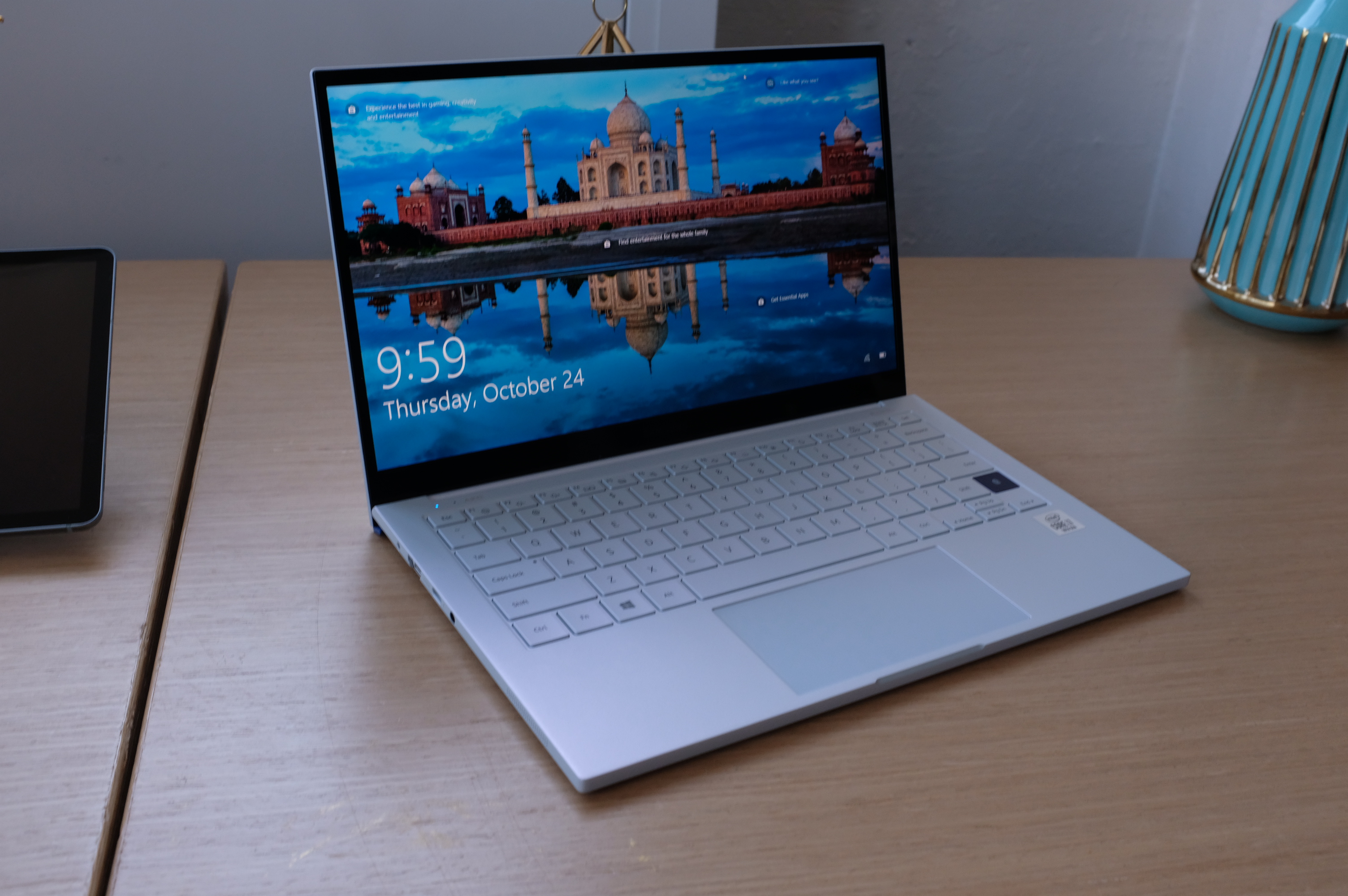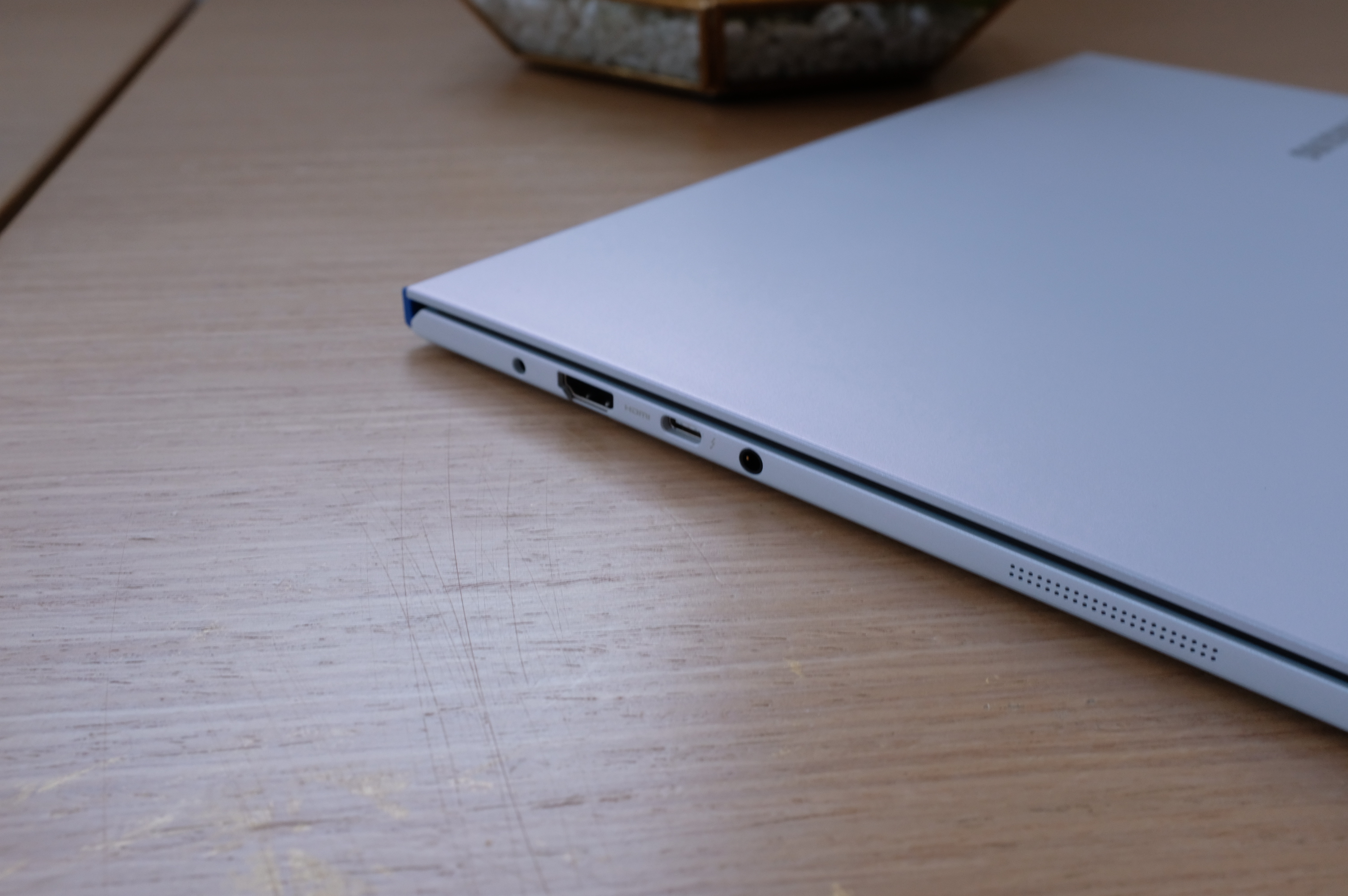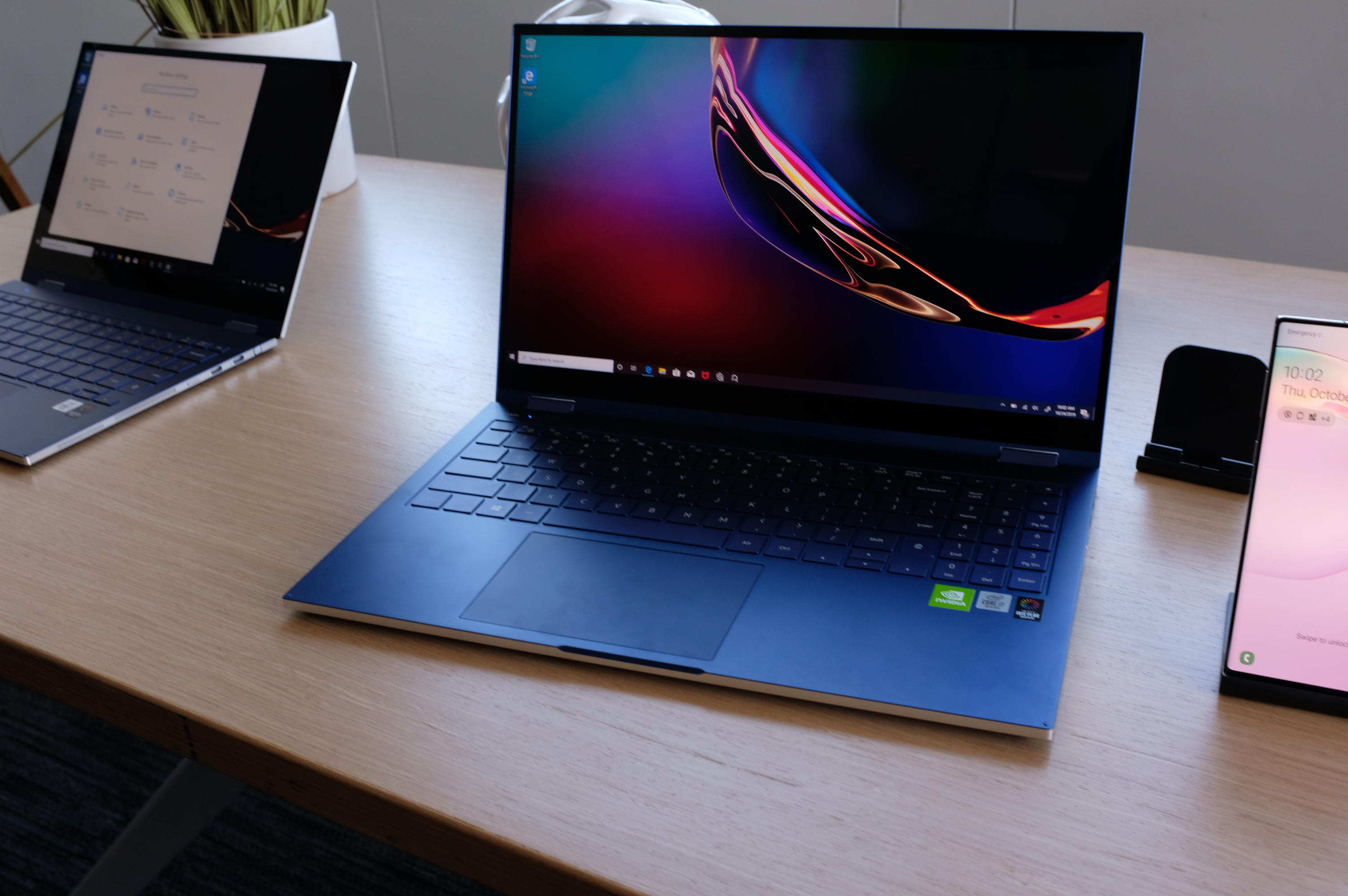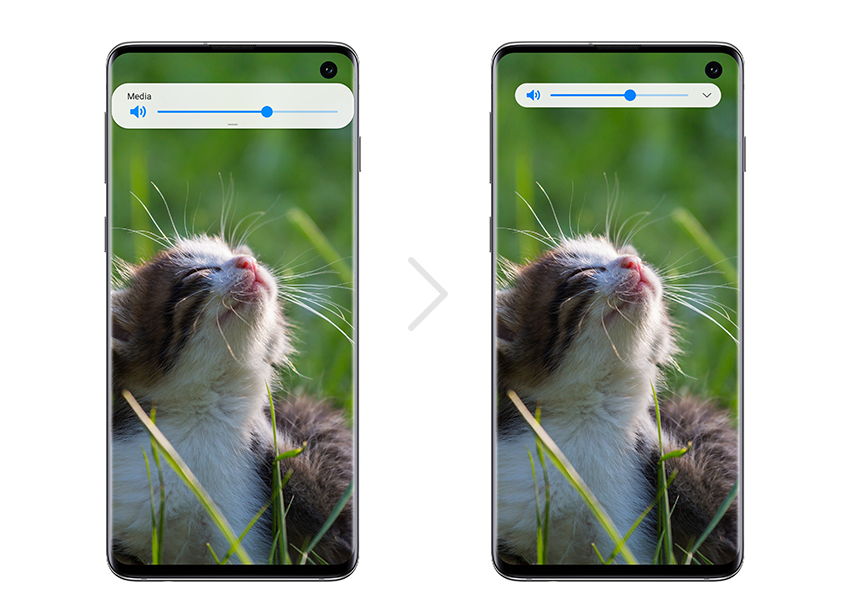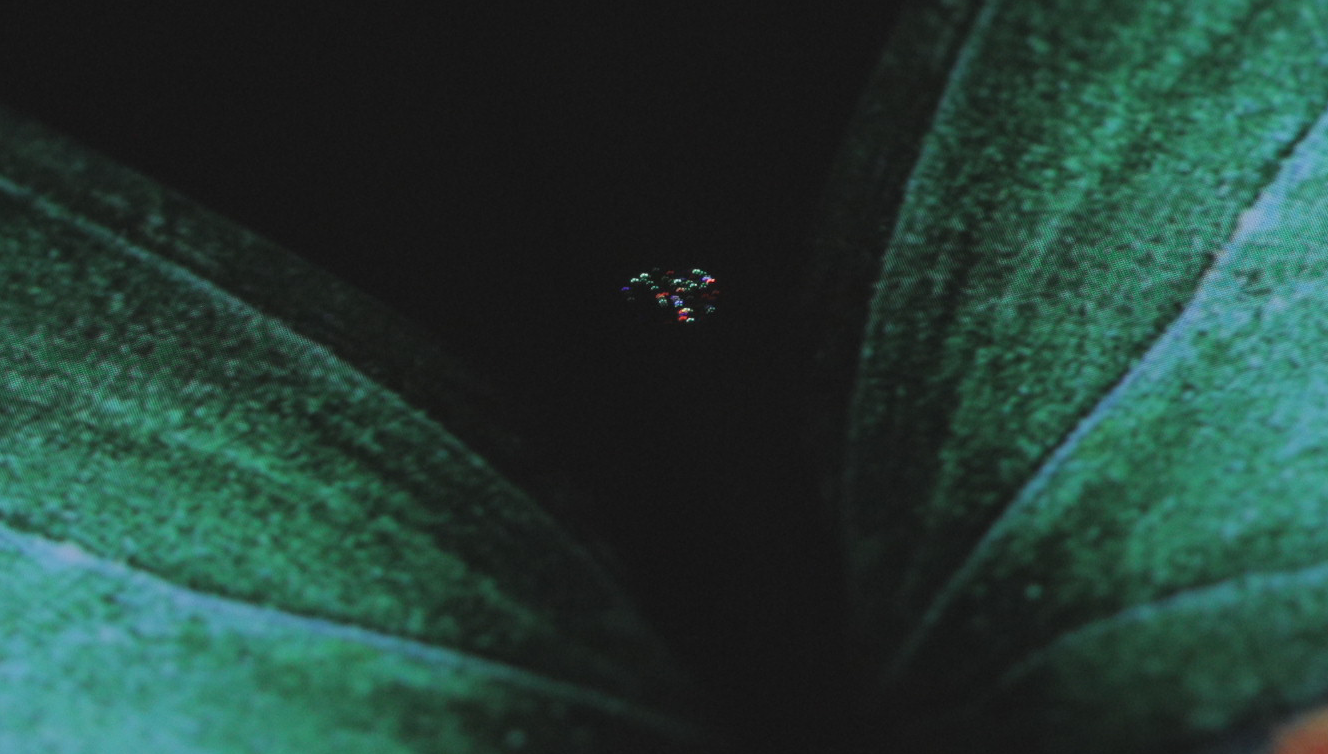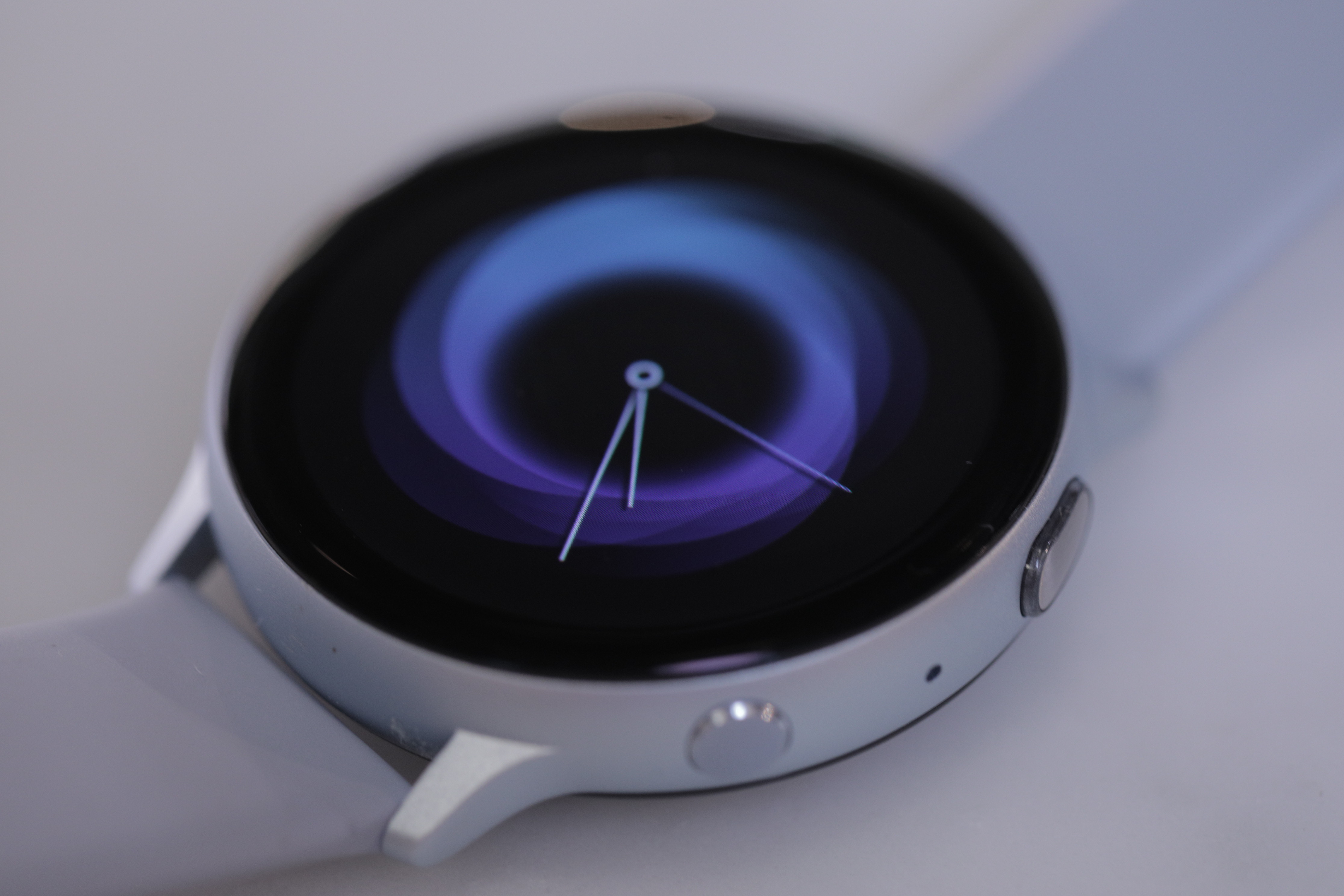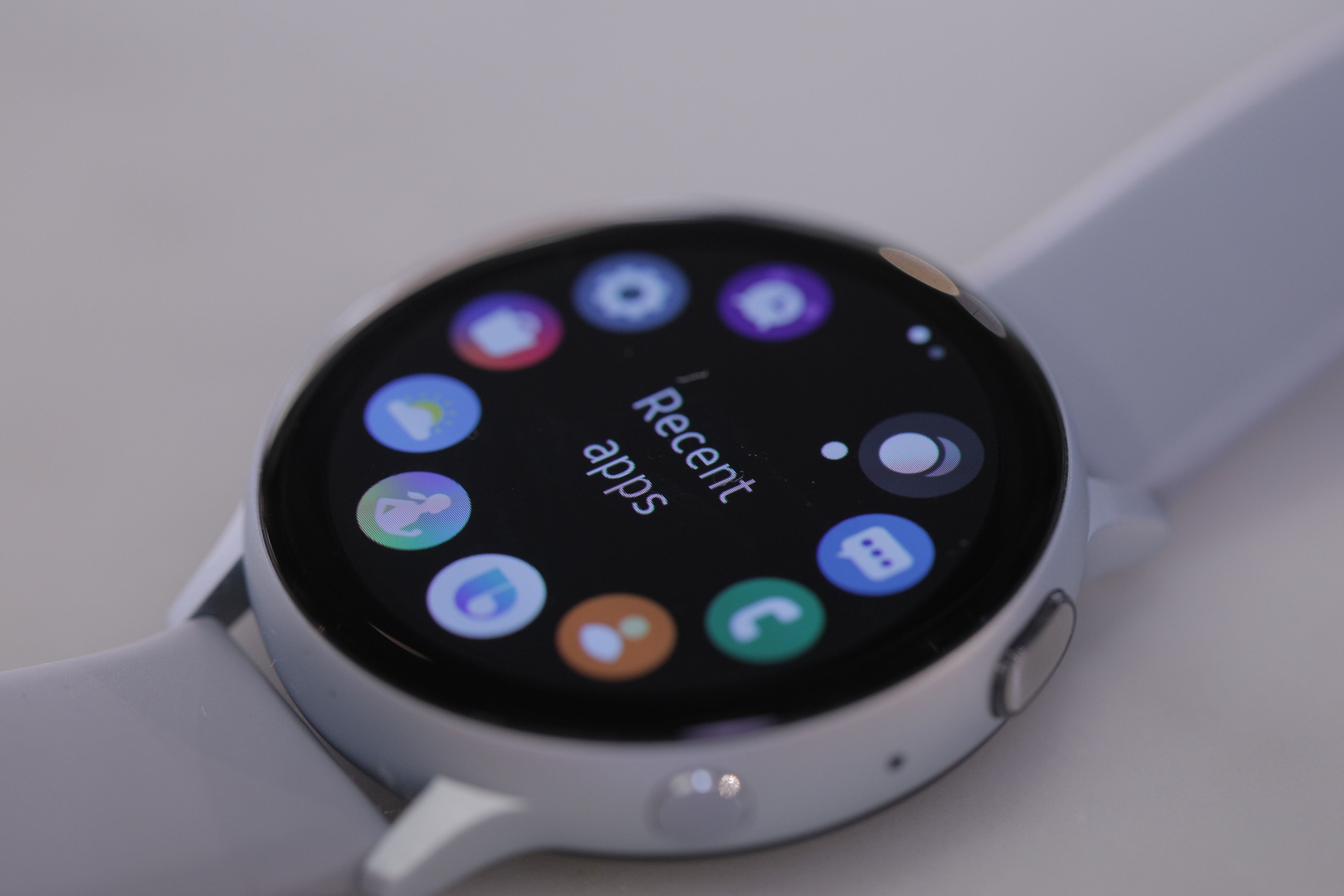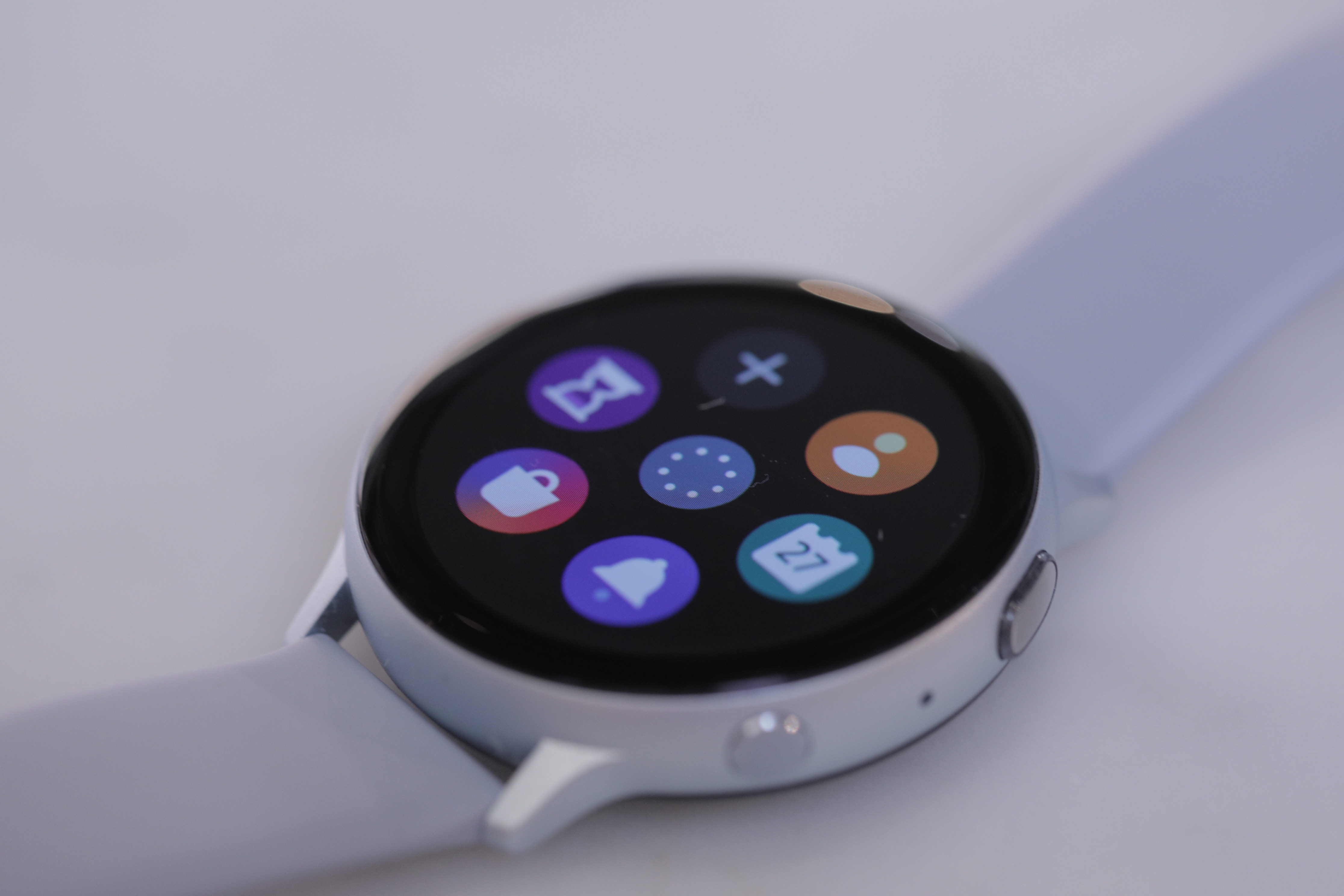Avoid pressing hard on the screen.
Tap lightly to keep it safe.
Your Galaxy Fold isn’t water or dust resistant.
Don’t allow any liquids or foreign objects to enter it.
Don’t attach anything to the main screen, such as a screen protector.
So begins your journey. It’s the story of one of the most fascinating product releases in recent memory. It’s also the story of the most polarizing product I’ve ever reviewed…twice.
The Galaxy Fold is at once a hopeful glimpse into the future and a fascinating mess. It’s a product I can’t recommend anyone purchase, but it’s one I’m still glad Samsung had the guts to make.
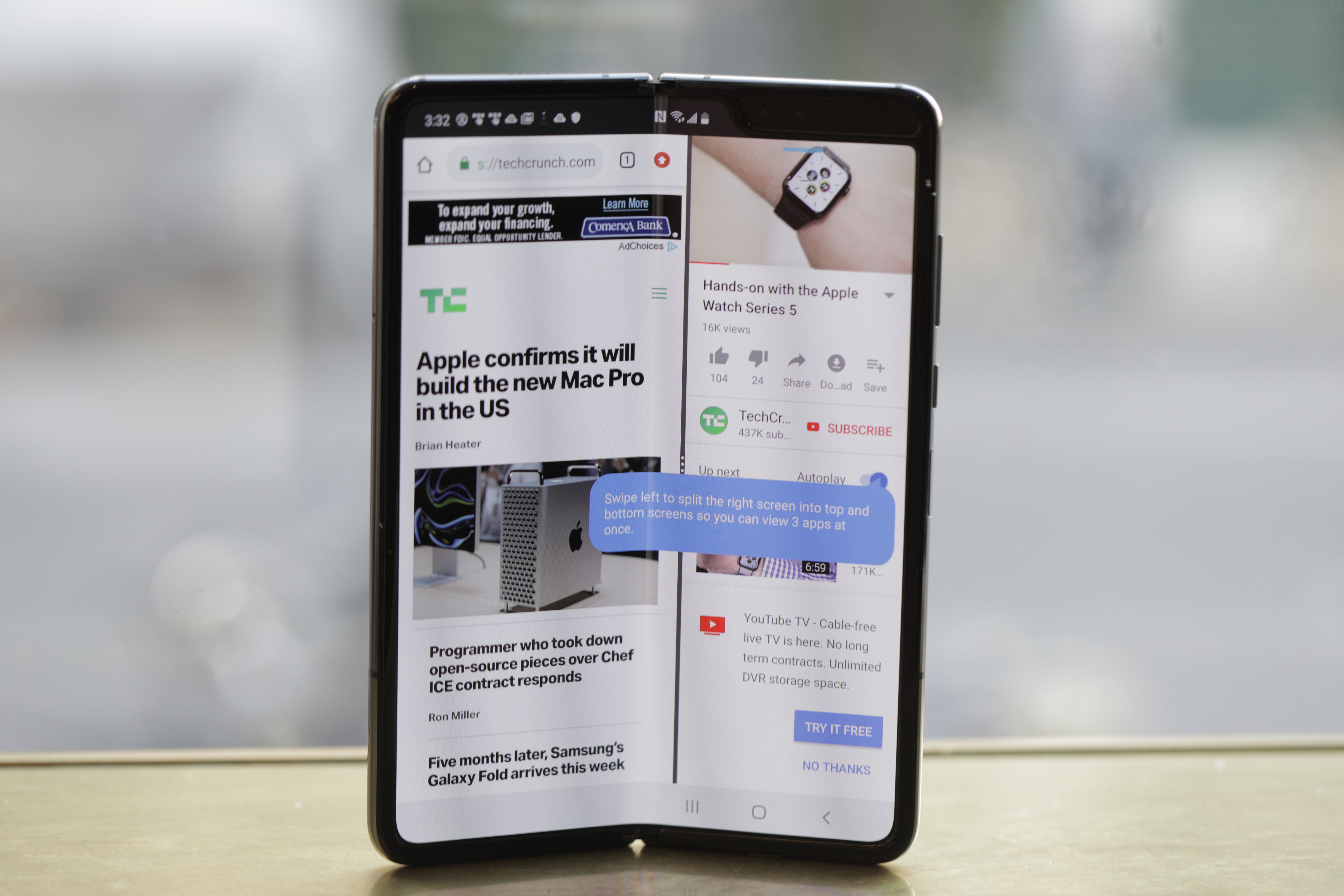
What’s perhaps most frustrating are the glimpses you get using the device, those moments it transcends lovely and is legitimately useful. And when you leave the device at home, you actually start to miss the 7.3-inch display.
Two scenarios in particular have really highlighted the value of Samsung’s strong-headed approach to pushing boundaries.
First is the gym. Unfolding the device and propping it up on the control panel of a piece of exercise equipment is a beautiful thing. Full-screen Netflix, baseball games from MLB At Bat. Watch the minutes and the calories just fly away. The Fold also works great with the Galaxy Buds, which are legitimately one of the best hardware products Samsung has produced in ages.
Second is the subway. I’ve been prepping for interviews by reading Pocket stories on the train, with the Notes app open in a side window. This is great. Like a seriously awesome thing. And this is coming from someone who still has trouble embracing smartphones as serious productivity devices. There are just too many limitations to that small screen. When I want to get work done, the laptop comes out. I’m not suggesting the Fold completely changes the math here, but it does edge ever closer, blurring that line a bit in the process.
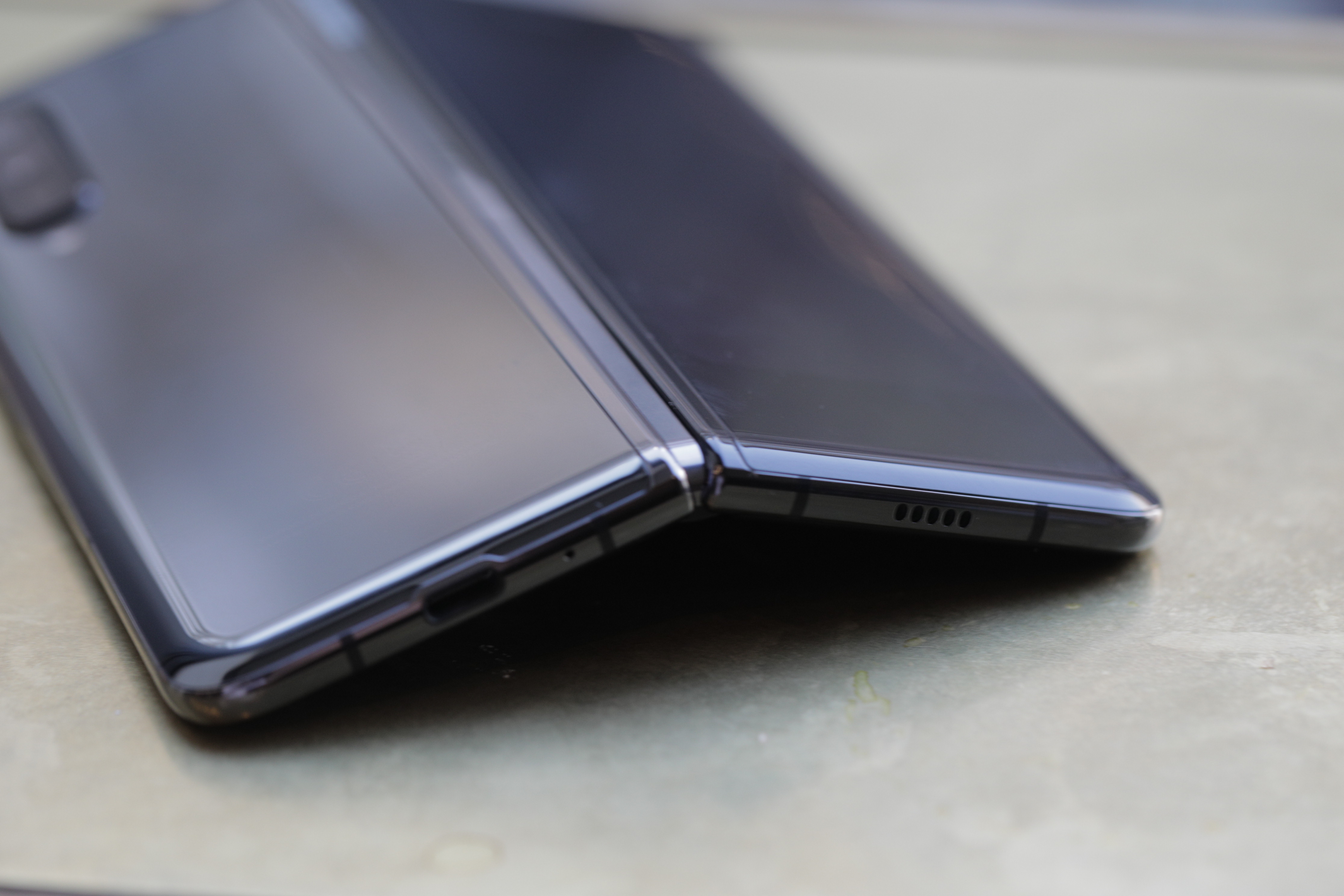
So there you go. That’s two distinct examples, covering both entertainment and productivity. The fact is the same as ever: big screens are good. The question is how we get there. It’s a true fact, of course, that plenty mocked Samsung with the first Note device. It seems hard to believe, but in 2011, 5.3 inches seemed impossibly large for a phone. By 2018, however, 5.5 inches was the most popular screen size for handsets. And that number appears to still be growing.
Clearly Samsung was right on that one, and the Note played an outsized role in pushing those boundaries.
After years of teasing flexible and foldable displays, the tech world was understandably excited when the Galaxy Fold finally arrived. Honestly, there were long stretches of time when it felt like the handset would never arrive. As such, it feels strange to suggest that the product was somehow rushed to market.
It’s important to remember, of course, that part of the mainstreaming of big phones has been the technologies supporting the large screen. Samsung, Apple, Huawei, et al. have done a good job consistently increasing screen to body ratios. The new Notes may have bigger screens than ever, but other breakthroughs in manufacturing means we’re not walking around with bricks.
Similarly, this decidedly first-generation device is big and thick. Anecdotally, reactions have been…mixed. The two separate rounds of review devices I’ve received from the company (round two, for reasons we’ll get into in a second involved two devices) have coincided with big TechCrunch-hosted events in San Francisco. First TC Sessions: Robotics in April and then Disrupt last week.
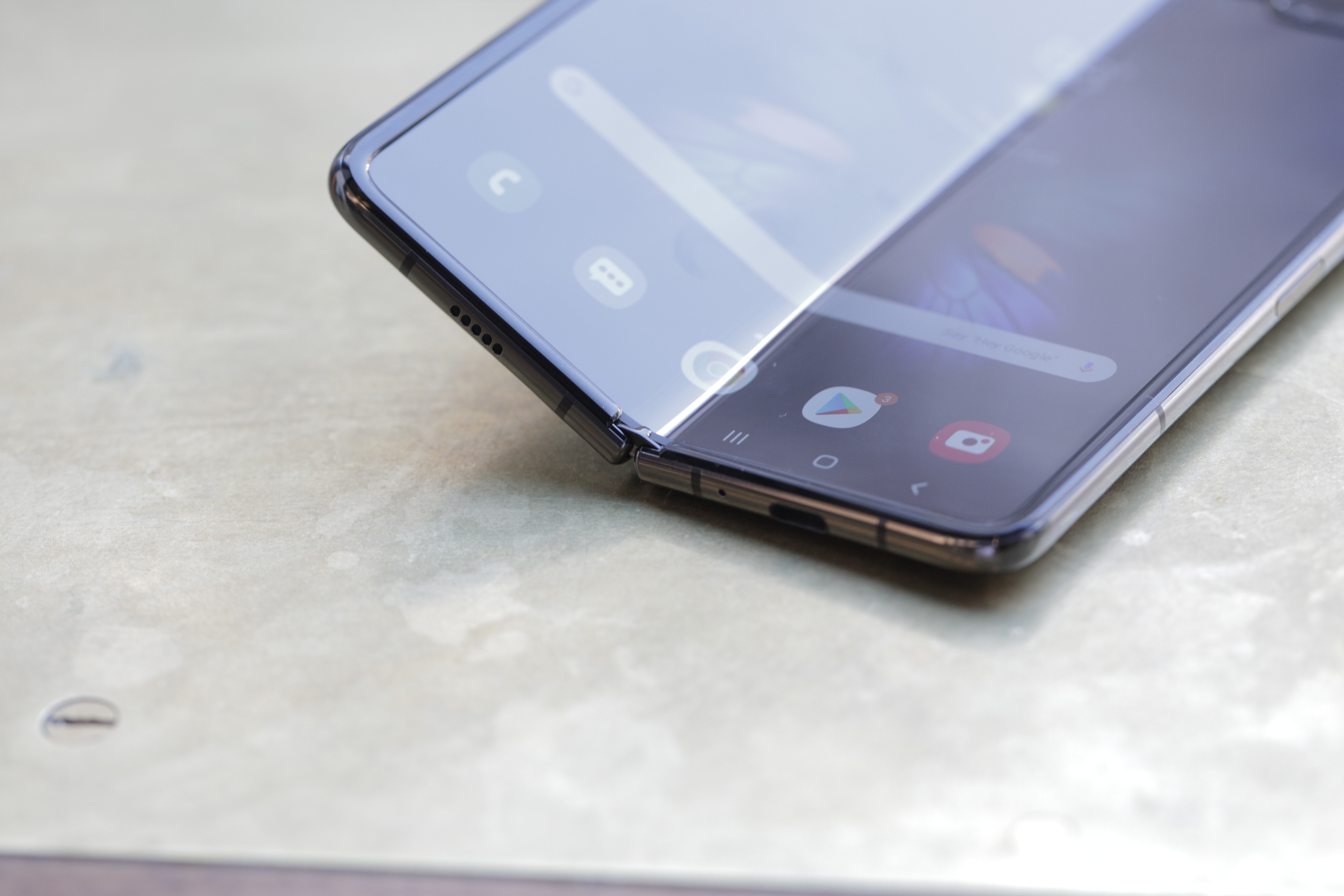
Take some of this with a grain of salt, because my co-workers can be pretty damn cynical about new technologies (and yes, I’ve been at this long enough to include myself in this). Reactions ranged from genuinely wowed to disappointed bafflement. There was also one co-worker who repeatedly threatened to eat the device because she said it looked like an ice cream sandwich, but that’s a story for another blog post.
There are plenty of things to be critical from a design standpoint. The “first-gen” feel runs very deep with the device. When closed it’s quite thick — like two phones stacked atop one another. The crease is visible, as has often been reported. And the front display isn’t particularly useful. I get why it’s there, of course. There are plenty of moments when you just want to check a quick notification, bit it’s incredibly narrow and sandwiched between two massive bezels.
None of those really matter much compared to the device’s fragility. The Fold will forever be the device whose release date was pushed back after multiple reviewers sent back broken devices. Mine worked fine. The company went back to the drawing board for several months and came back with a more robust device that patched up some holes and reinforced the folding mechanism. Mine broke.
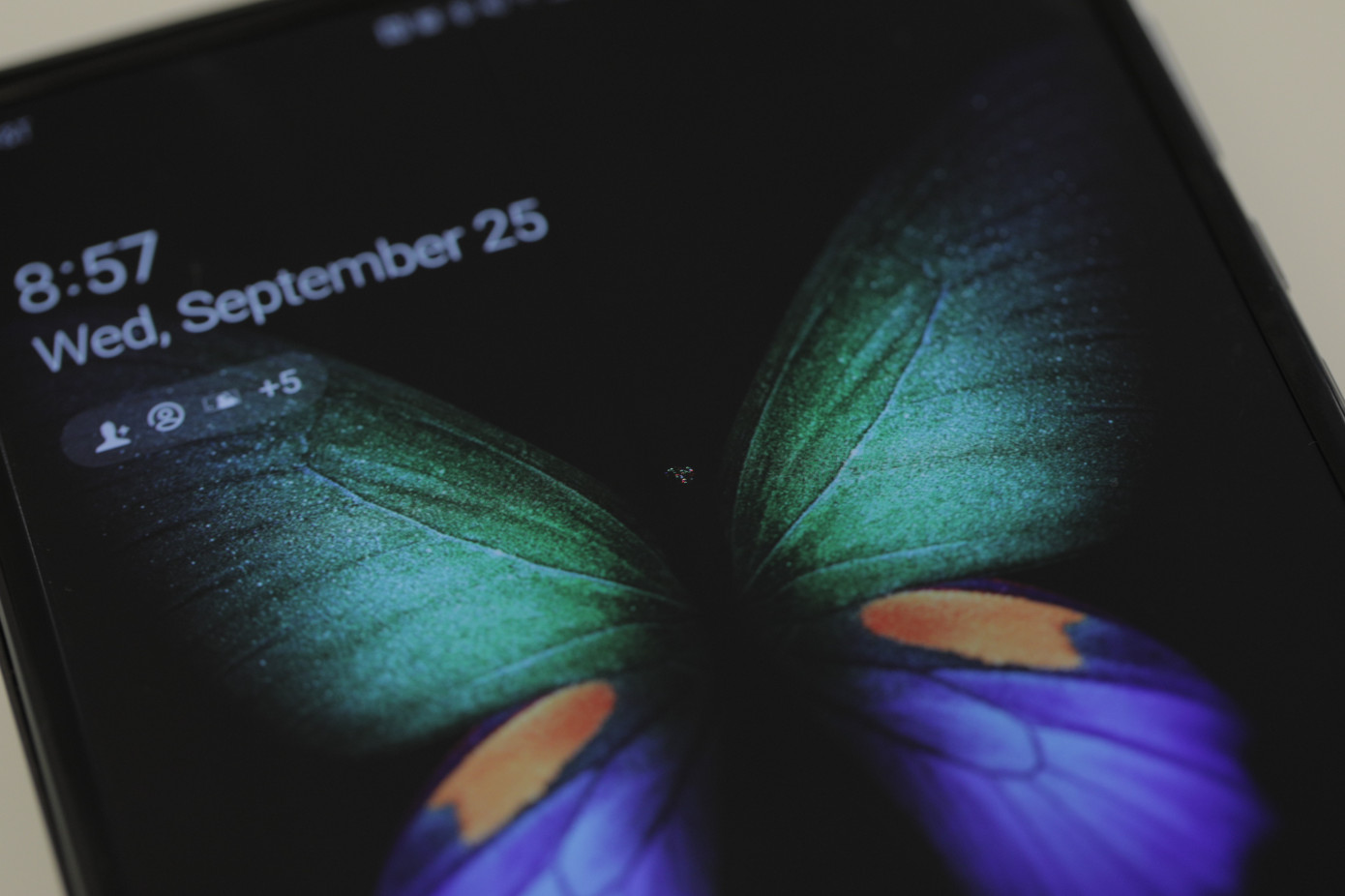
After about 27 hours with the device, I opened it up in line at CVS and noticed something weird about the screen. Sitting between the butterfly wings was a mass of pixels I referred to as an “amorphous blob.” I’d been fairly gentle with the thing, but, as I put it in a followup, “a phone is not a Fabergé egg.” In other words, it’s understandable that the product isn’t designed to, say, survive a drop onto hard concrete or a dunk in the toilet.
While it’s true that many other modern phones have evolved over generations to withstand such accidental bumbles, it’s also understandable that the Fold is a little more fragile. We can’t say Samsung didn’t warn us, and I do appreciate that Samsung was able to go back to the drawing board before wide release, but there’s a pretty strong argument to be made that a smartphone that needs to literally ship with warnings like the ones stated up top isn’t fully ready for prime time.
CNET recently got its hands on a folding machine and found that the handset could withstand 120,000 fold. That’s a little more than half of the promised 200,000. Another third-party test found similar results. Not ideal, but not terrible. It’s about three years’ worth of folds. If you’re dropping $2,000+ on a phone, you may well want it to last closer to the promised five years — though if you have that sort of disposable income, who knows?
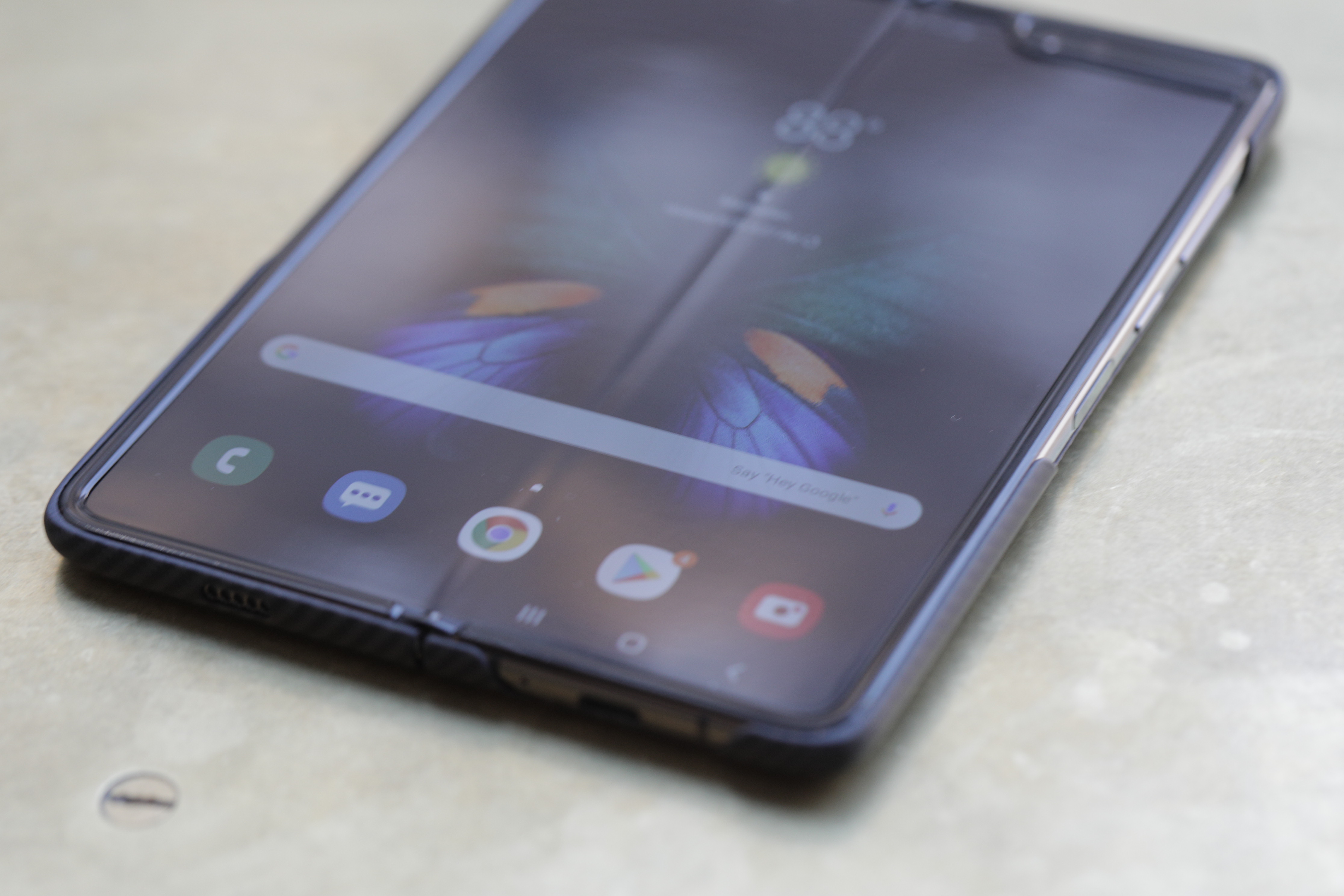
I would honestly be more concerned with the kind of day to day issues that could potentially result in damage like what I saw. It’s possible that mine had a defect. I’ve been using a replacement that Samsung dropped off after collecting mine to send back to Korea for testing. Granted, I’ve been using it even more gingerly than its predecessor, but so far, so good.
This morning I saw a report of a user experiencing what appears to be the same defect in the same spot. A commenter astutely pointed out the placement of a screw discovered during a recent teardown that could be the source of these issues. As ever, it will be interesting to see how this all…unfolds.
I’m not going to get too far into the other specs here. I wrote thousands of words in my original review. Nothing about the underlying technology has changed between versions one and two. All of the big updates have been to the folding mechanism and keeping the device more robust.
It’s fitting, I think that my model had 5G built-in. Both technologies feel like a glimpse into the future, but there’s little to recommend plunking down the requisite money to purchase either in 2019. The clear difference is that slow saturation of next-generation cellular technology is a bit more understood at this point. Telling someone that their fingernails can damage their $2,000 phone is a different conversation entirely.
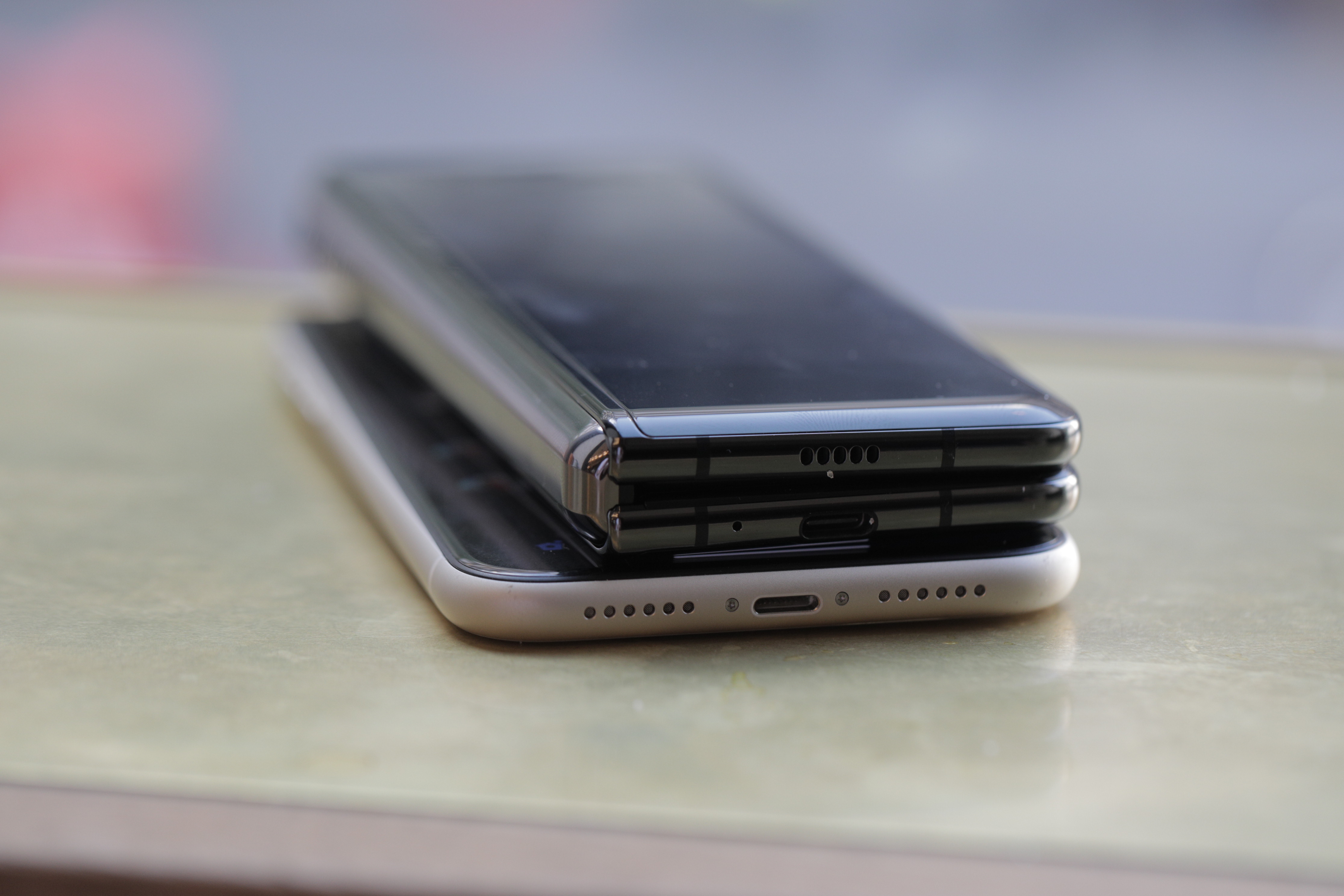
I do think that Samsung’s committed to the Galaxy Fold long-term. And I do believe that there will eventually be a place for the products in the market.
The biggest short-term concern is all the negative press following the first wave of devices. The FlexPai felt more like a prototype than consumer device. The Fold feels like something of an extended public beta. And the Huawei Mate X, which, although incredibly promising, is still MIA, as the company does another pass on the product. Global availability is another question entirely — though, that’s due to…other issues…
[gallery ids="1885397,1885396,1885395,1885394,1885393,1885392,1885391,1885385,1885384,1885382,1885381,1885379,1885378"]
Knowing Samsung, the company will return from all of this with a much stronger offering in generation 2. There are a LOT of learnings to be gleaned from the product. And while it offers a glimpse into the promise of foldable, you’re better off waiting until that vision is more fully realized.
from blogger-2 https://ift.tt/317J26r
via
IFTTT
